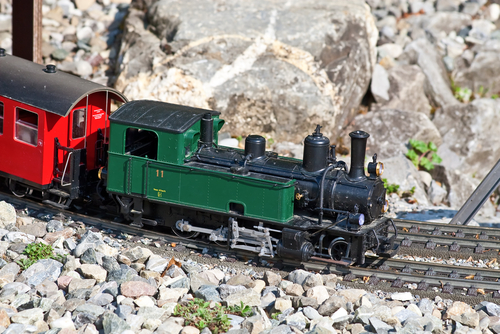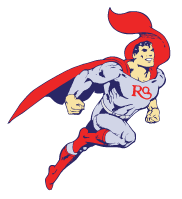Suppose you need a challenging hobby to help you grow intellectually. In that case, the model train is the perfect opportunity to develop your skills. The feeling is indescribable, except you participate in the activities before you can experience the fun. However, you can do many things wrong if you don’t get the calculation right. This is preventable if you can avoid these common mistakes beginners make.
Here is what you need to know as a model train beginner:
Sticking to your Desired layout without other consideration
Understandably, you already have an abstract idea created out of excitement. Maybe you got your model train layout from some platforms. So you want to be unique, making something no one else could ever think of, not anytime soon. While it is a fantastic idea, you need to be careful during the building process. Overexcitement can make you miss out on some add-ons you want to include in the train setup.
You might even remember the component, but your budget can fall short of the setup requirements. So, you need to be patient and follow a due process that begins with a reliable foundation.
Not Double Checking your Track Setup
The additional components you add to your model train can cause the track to sway. It makes the train susceptible to destruction. Steep tracks do not perform well when the locomotive is heavy or high. It may lead to the collapse of the entire setup. Be mindful of how you construct your track, and ensure the curves are not too tight. Your eagerness can make you skip these steps.
You can avoid a bad experience by checking your track setup thoroughly before igniting the engine. Damages after spending several hours building a superb layout can be frustrating. We know you don’t want to find yourself in that situation. So do the needful when you still can.
Mixing up the Scale and Gauge
Not differentiating between the scale and gauge is a common mistake that can make fruitless your effort. The scales differ from the gauge because they are the model train relative size in a fraction of the actual train. On the other hand, the gauge is the distance between the rails. The scale determines the gauge suitable for the model train. Getting it wrong will hinder the setup. It would be best to understand the difference before building your desired layout.
Conclusion
The mistakes we mentioned are easily overlooked, especially by beginners. These things may count for nothing, but they are critical to model train setup. If you need assistance to get your locomotive moving efficiently, Charles Ro can assist you with the setup.


